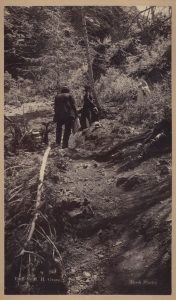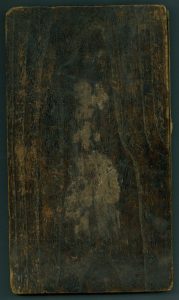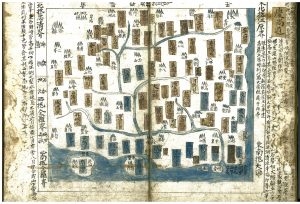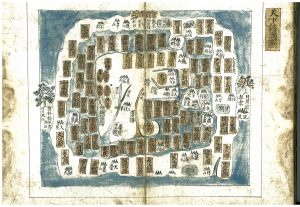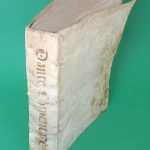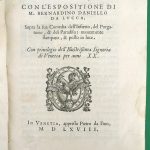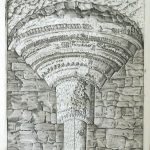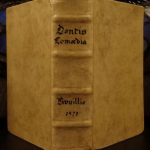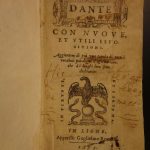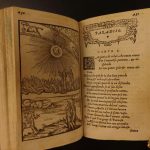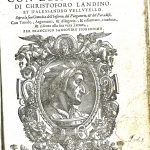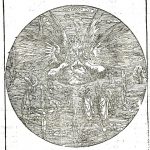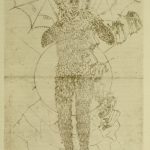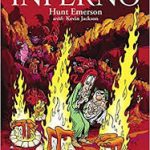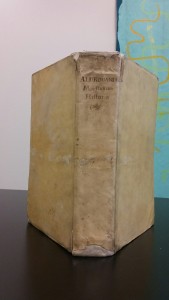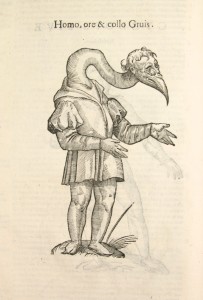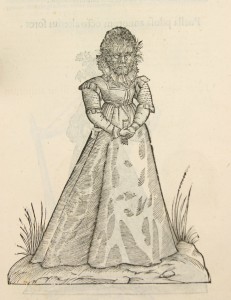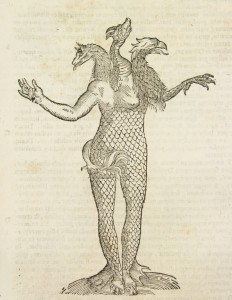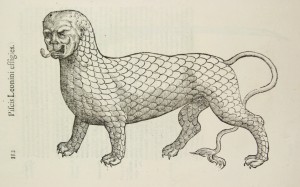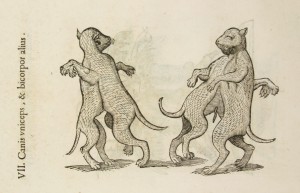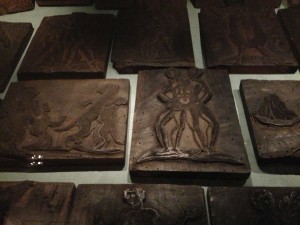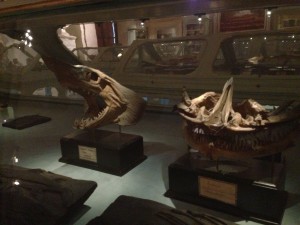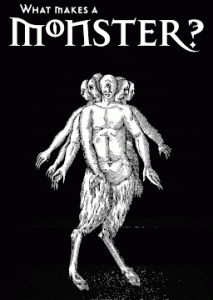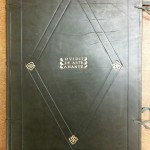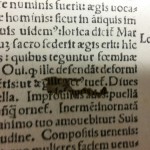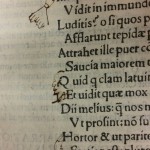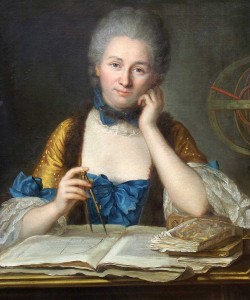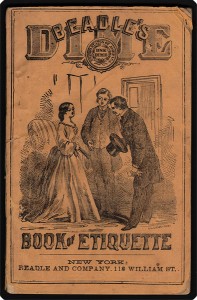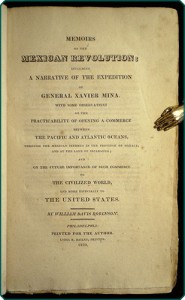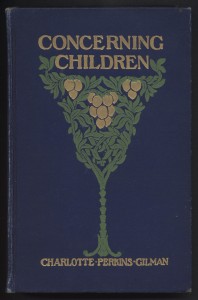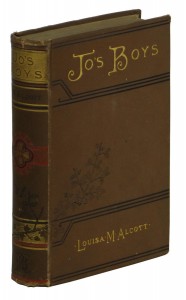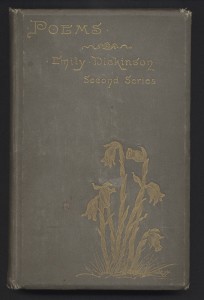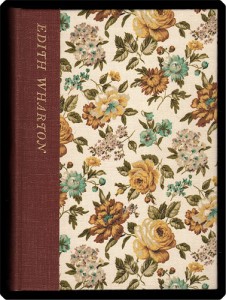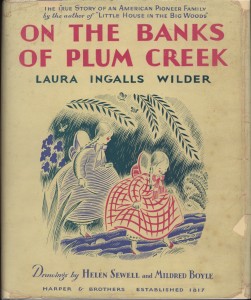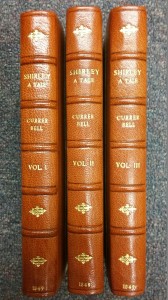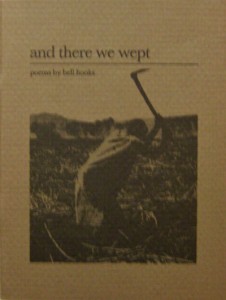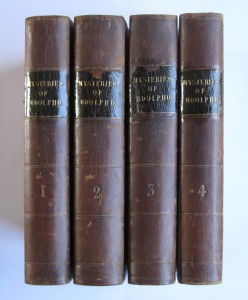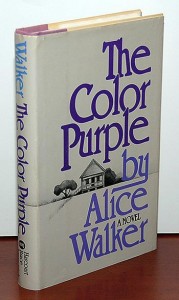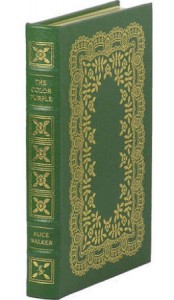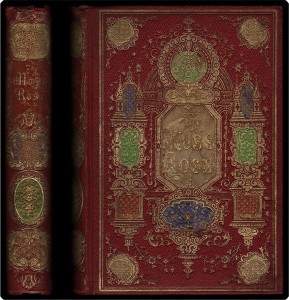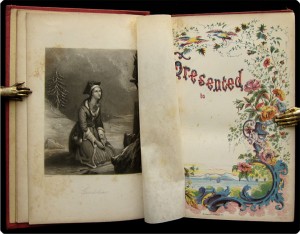In December of 2015, just before we left for winter break, the Buddy Taub Foundation (Dennis and Jill Roach, directors) donated $75,000 to Colorado College Special Collections. The foundation slated the money for a particular purchase: a small collection of extremely rare Bauhaus materials.
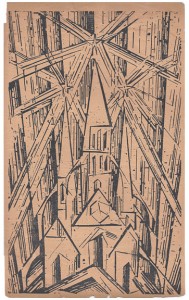 The collection is made up of a handful of rather amazing items. First, the three-page Programm des Staatlichen Bauhauses in Weimar, German architect Walter Gropius’s 1919 manifesto for the Bauhaus movement. It is illustrated with the famous “Kathedrale” woodcut by Lyonel Feininger (image at right). This particular copy was a gift from Gropius to his student and colleague Chester Nagel. Fewer than ten copies of this fragile document are known to have survived.
The collection is made up of a handful of rather amazing items. First, the three-page Programm des Staatlichen Bauhauses in Weimar, German architect Walter Gropius’s 1919 manifesto for the Bauhaus movement. It is illustrated with the famous “Kathedrale” woodcut by Lyonel Feininger (image at right). This particular copy was a gift from Gropius to his student and colleague Chester Nagel. Fewer than ten copies of this fragile document are known to have survived.
Second, a test print of the “Kathedrale” woodcut, somewhat smaller than the print used for the cover of the Programm. This, too, was a gift from Gropius to Nagel. There’s a similar test print at the Museum of Modern Art.
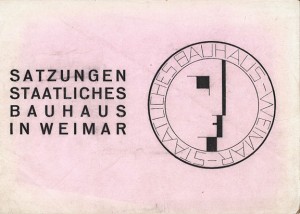 Third, a copy of Satzungen Staatliches Bauhaus in Weimar, the 1922 handbook for Weimar Bauhaus school, printed soon after the school’s adoption of Gropius’s maxim “Kunst und Technik – eine neue Einheit” (“Art and technology, a new unity”). One of only three known copies in the world.
Third, a copy of Satzungen Staatliches Bauhaus in Weimar, the 1922 handbook for Weimar Bauhaus school, printed soon after the school’s adoption of Gropius’s maxim “Kunst und Technik – eine neue Einheit” (“Art and technology, a new unity”). One of only three known copies in the world.
Fourth, a pair of original Gropius designs in pencil. One is the name of his daughter, “Manon Gropius,” in shaded block letters; the other is a series of architectural sketches.
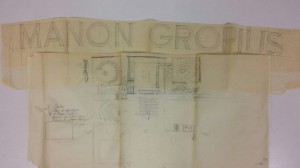
(Side note: printer of the Press at Colorado College Aaron Cohick tells us of an interesting Colorado/Bauhaus connection: Bauhaus artist Herbert Bayer moved to Aspen after he left Germany; he had solo shows at the Colorado Springs Fine Arts Center in 1947 and 1962.)
The Buddy Taub Foundation’s mission is to make funds available to museums and research libraries for the purchase of desirable materials they would not otherwise be able to afford. The Foundation hand-picks the institutions and items for purchase. Past recipients include the Pierpont Morgan, Huntington, and Lilly libraries, among others. Colorado College is thrilled to be in such illustrious company!

